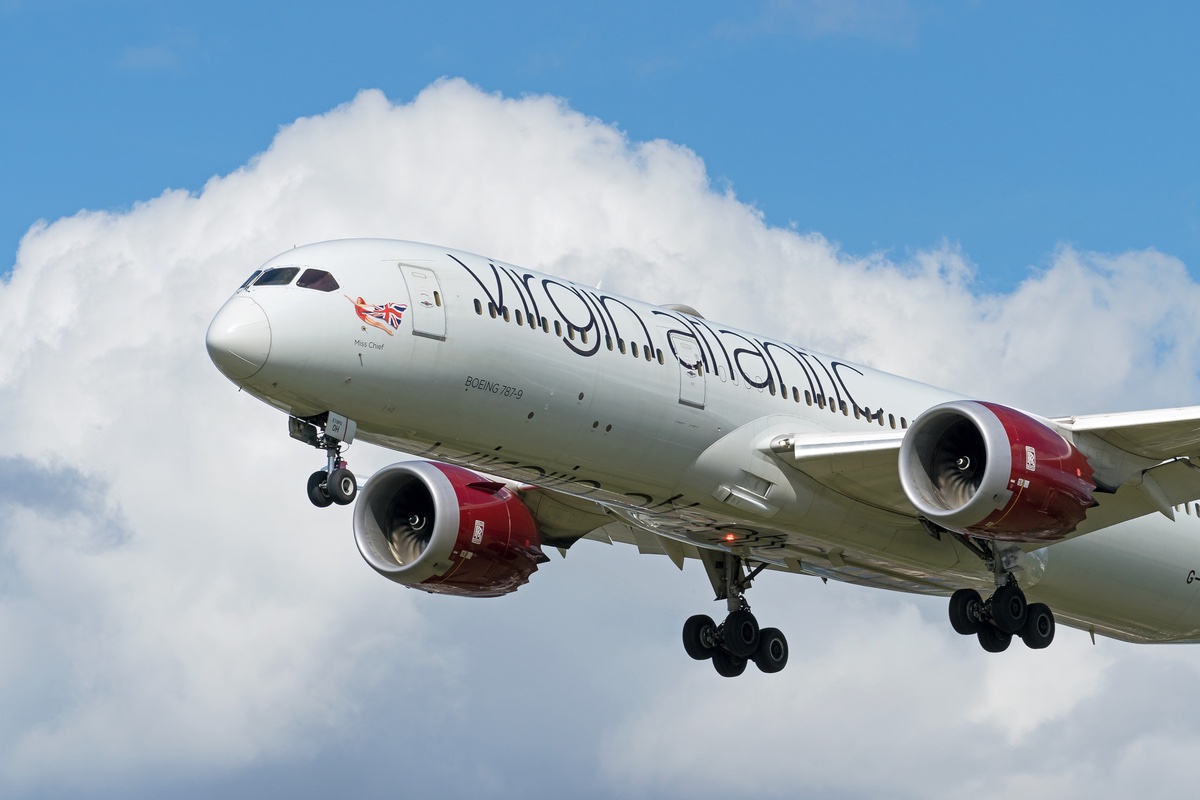China Further Expands Visa-Free List to Include 5 More Countries

Skift Take
China has now announced visa-free entry for citizens of 5 countries — Cyprus, Denmark, Greece, Portugal, and Slovenia starting October 15. With this move, nationals from these countries can now visit China for up to 15 days without needing a visa.
The expansion builds on a broader push by China to attract more foreign tourists and boost its tourism sector, which is still struggling to return to pre-pandemic levels.
China’s visa-free policy now extends to 18 European countries, including earlier additions such as Norway in September and Poland in July. This gradual expansion signals a strategic effort to lure more European tourists back to the mainland. Citizens of these countries can enter without a visa, a perk extended until December 31, 2025, following an initial trial period that began last November.
Visa-Free Policy: Strategic Tourism Play
China first announced this scheme in November last year for citizens from France, Germany, Italy, the Netherlands, Spain and Malaysia. More countries have been added to the list since the beginning of this year.
China’s broader 144-hour visa-free transit policy now covers 37 ports and applies to citizens from 54 countries, including the U.S., Canada, and the UK. This transit policy allows travelers to stay for up to six days in specific regions without a visa if they have onward travel plans.
On inbound travel to China, Trip.com CEO and Director Jane Sun, noted during the latest earnings call that visitors from visa-free countries have surged by 190% over the same period in the April-June quarter.
Tourism Revival: Big Numbers, But Not Yet Enough
China’s relaxed entry rules come at a crucial time for its tourism industry. From January to July 2024, the country attracted 17.25 million foreign tourists — a 130% increase compared to 2023. The influx is expected to contribute over CNY 100 billion (approximately $14 billion) in consumer spending, with average daily spending nearing CNY 3,459 ($485).
Yet, despite the impressive growth, these numbers fall short of the 49.1 million international visitors that China welcomed in 2019, when tourism revenue hit $131.3 billion.
Visa-free entries are not just about simplifying the travel process — they are part of a larger strategy to rejuvenate China's standing as a tourism hub. From January to June 2024, the country recorded over 8.5 million visa-free entries, accounting for 58% of all inbound travel. This marked a 190% increase compared to last year, underscoring the impact of streamlined entry policies.
The Latest Numbers
The National Immigration Administration (NIA) highlighted the influence of these policies on both inbound and outbound travel. With the implementation of preferential policies such as mutual visa exemptions and the 144-hour visa-free transit, there has been a rise in the number of trips by both Chinese citizens and foreign visitors, the NIA noted in its September report.
Latest data from the Mid-Autumn Festival holiday offers a glimpse into the impact of China’s visa-free strategy. Border inspection authorities facilitated 5.2 million exits and entries during the holiday period, including 554,000 trips by foreign nationals — a 62% year-on-year increase. Chinese citizens also made 2.6 million trips in and out of the country during this time, reflecting a 15% growth compared to last year.





